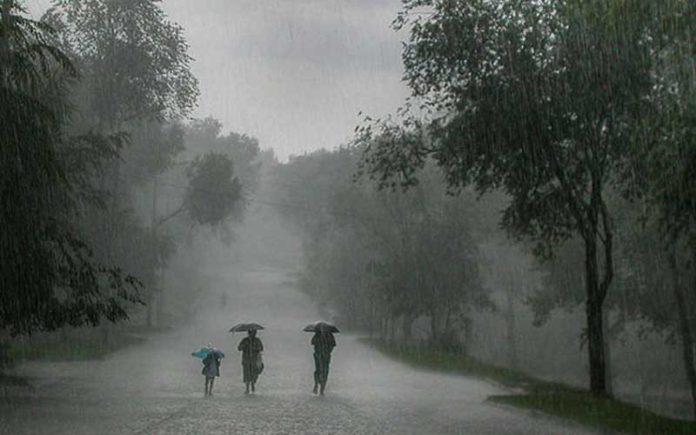The Ministry of Environment, Climate and Wildlife – through its Meteorological Services Department – has reported that Zimbabwe’s October 2025 to March 2026 rainfall season is projected to be heavily influenced by a strong trend toward a negative Indian Ocean Dipole (IOD), while the El Niño–Southern Oscillation (ENSO) is expected to remain in a neutral state.
“This specific combination of global climate drivers creates a forecast of significant spatial and temporal variability. The season is anticipated to have a delayed and erratic start, with October and November likely to be drier than normal across much of the country,” reads the report.
The initial dry phase is expected to give way to improved rainfall prospects from December onward. A pronounced north–south split in rainfall distribution is forecast for the October-December period. Northern provinces, including the Mashonaland regions, are likely to experience normal to below-normal rainfall during this time. In contrast, southern and western regions – including Matabeleland, Masvingo, and much of Midlands -are anticipated to receive normal to above-normal rainfall.
As the core season progresses from November through February, the likelihood of normal to above-normal rainfall increases for most of the country. However, some northern areas may see a return to drier conditions during the final months of the season, January to March 2026.
“Given the forecasted erratic nature of the season, stakeholders must implement proactive risk management strategies. The significant intra-seasonal variability presents substantial risks, including prolonged dry spells after planting and extreme weather events such as violent storms and flash floods. Continuous monitoring of meteorological updates, implementation of water harvesting programs, and pre-positioning of resources for both drought response in the north and flood preparedness in the south are essential measures to mitigate risks and capitalize on forecast rainfall,” the report states.
A delayed onset of the season is projected, with below-normal rainfall expected in October and November 2025. An increased chance of normal to above-normal rainfall is projected for the northern parts of the country in December, while the rest of Zimbabwe is expected to see above-normal rainfall as the season progresses.
Source – Byo24News










